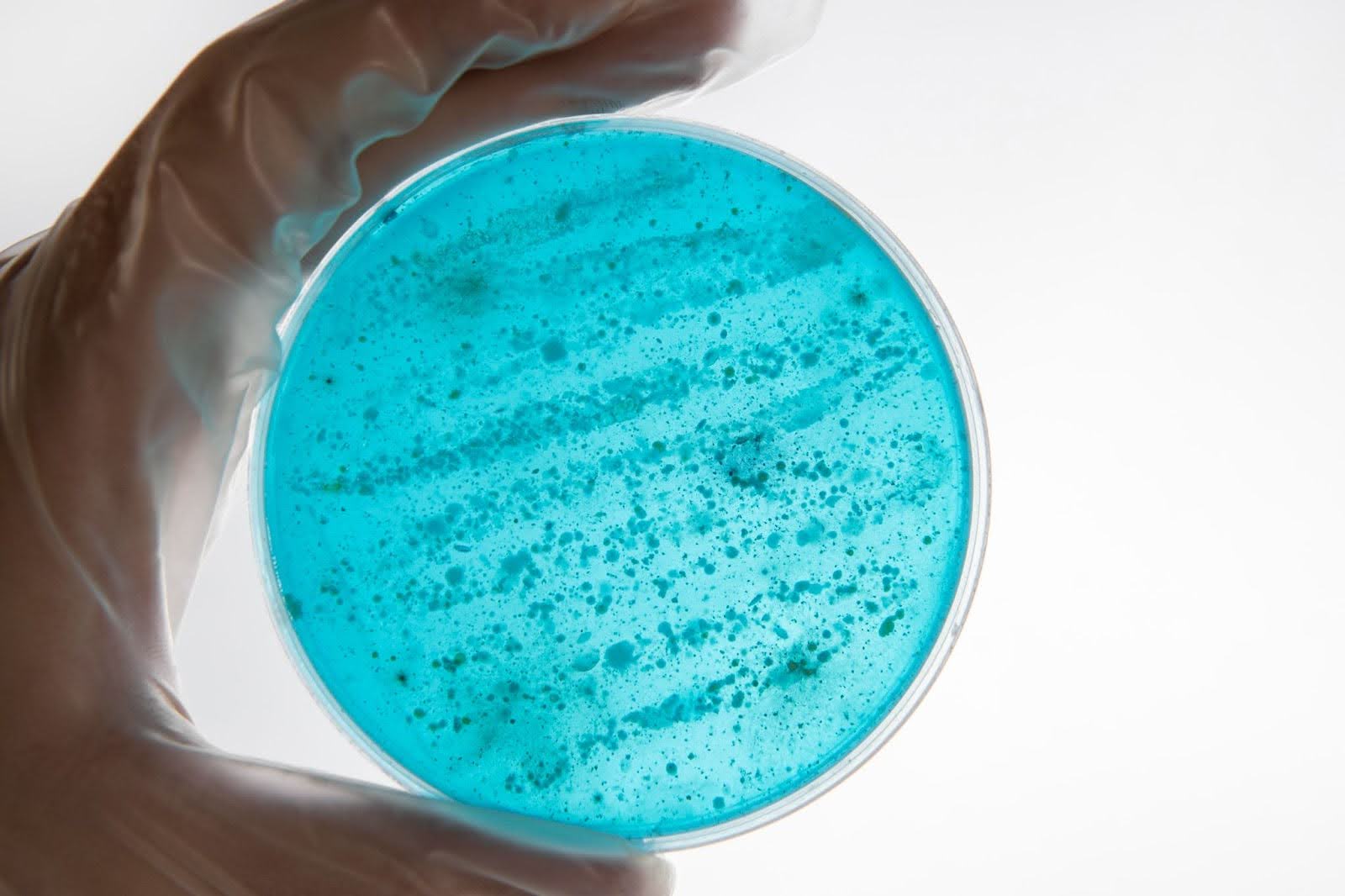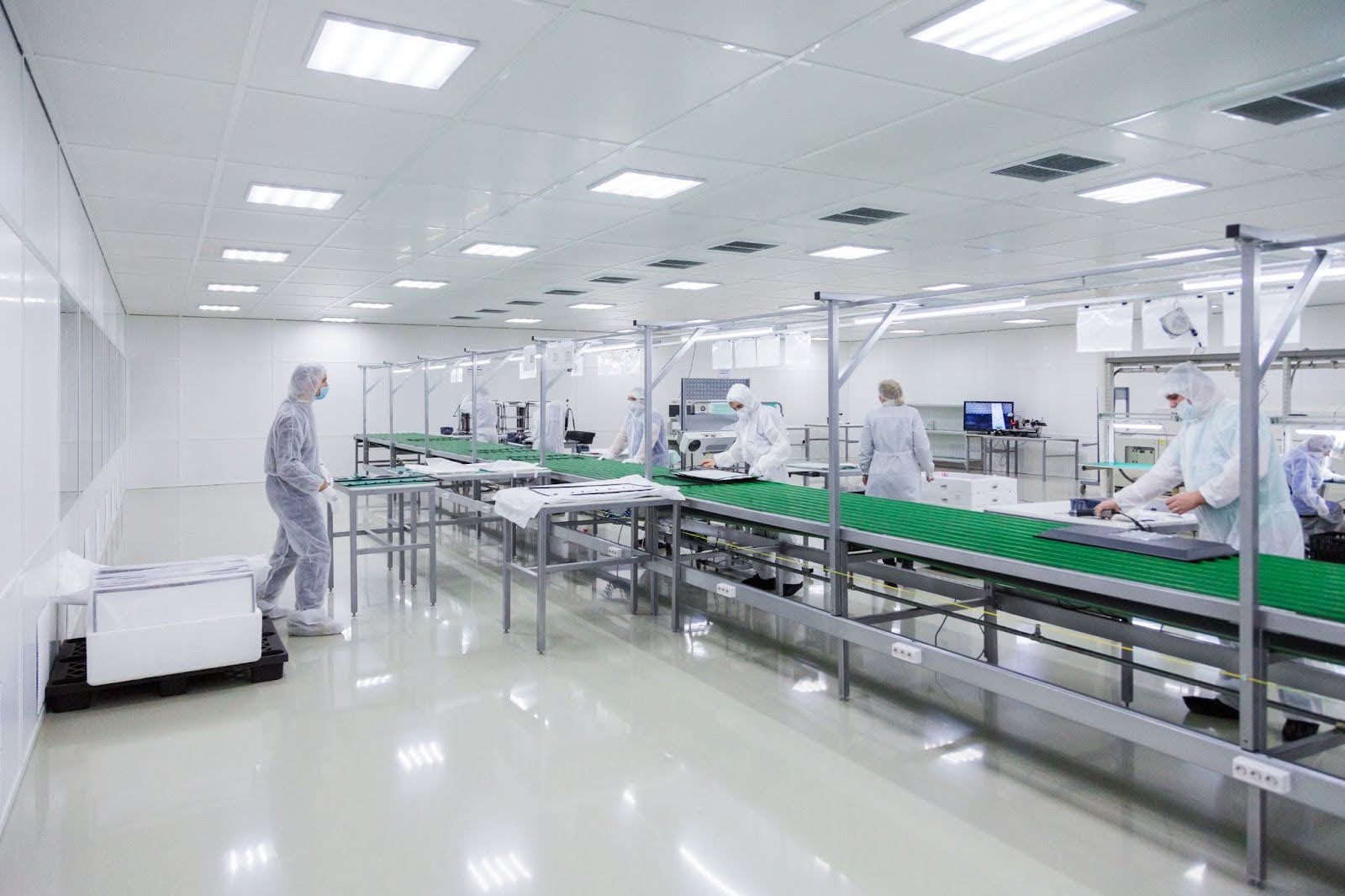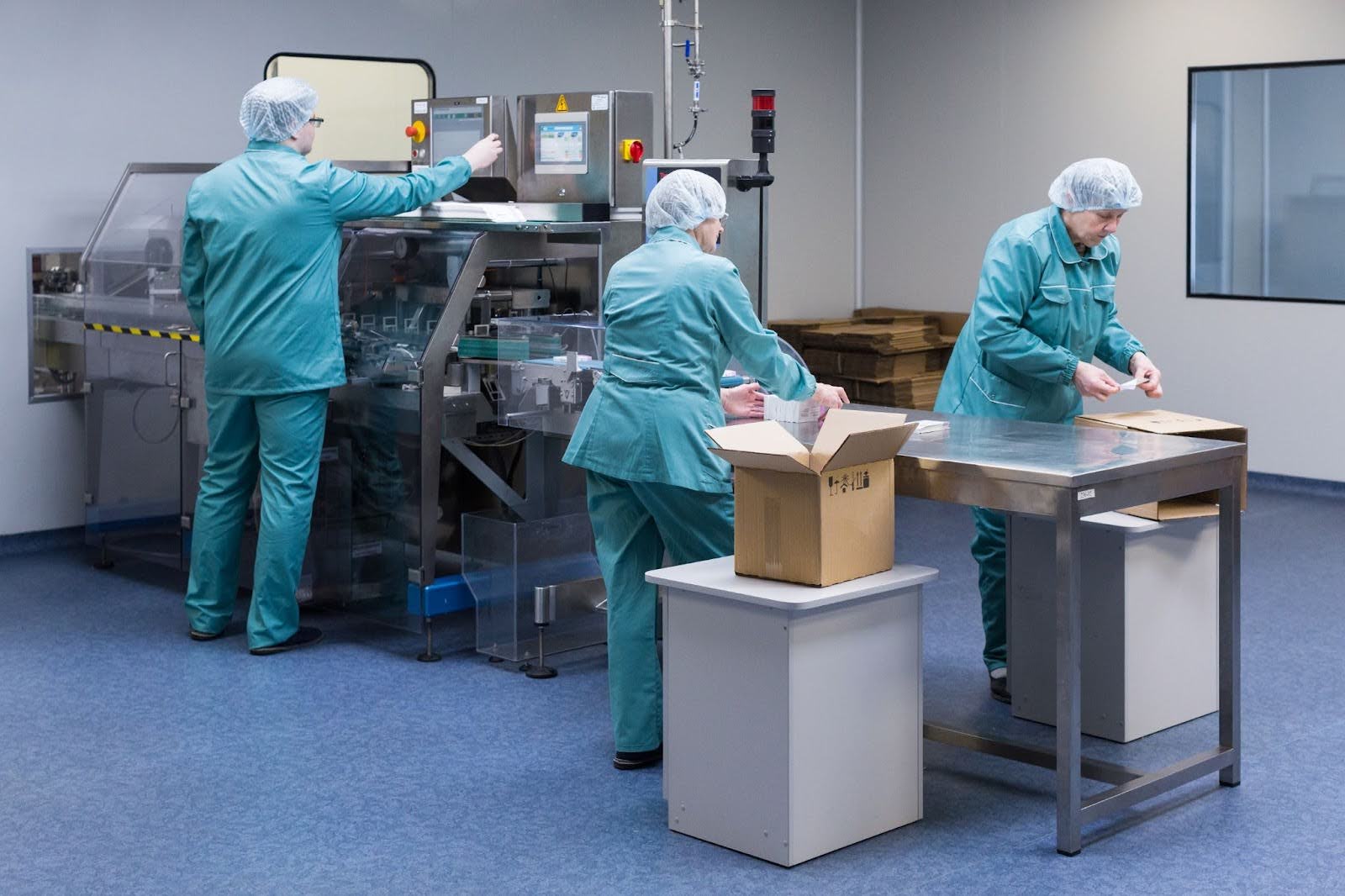by Simantini Singh Deo
10 minutes
Mastering Non-Viable Monitoring: A Complete Guide To Particle Counting Under ISO 14644-1
Discover how ISO 14644-1 guides non-viable particle monitoring for aseptic control and contamination prevention.

In aseptic pharmaceutical manufacturing, controlling airborne contamination is a fundamental requirement for ensuring product quality and patient safety. Even microscopic particles can pose significant risks by carrying microorganisms or interfering with sterile operations.
Therefore, monitoring airborne particles both viable and non-viable is critical to maintaining controlled environments. Deviations such as Grade A/B excursions in cleanrooms can provide early warning signs of airflow imbalance or filtration failure, reinforcing the importance of consistent non-viable monitoring.
Non-viable monitoring, commonly known as particle counting, is one of the most important tools used to assess air cleanliness in cleanrooms and controlled environments. It provides real-time data on airborne particulate matter and helps ensure compliance with international standards such as ISO 14644-1.
This article explores the role of non-viable monitoring, how it works, its significance in contamination control, and best practices aligned with ISO 14644-1.
What Is Non-Viable Monitoring?
Airborne contamination in cleanrooms can be divided into two categories:
- Viable particles – Living microorganisms such as bacteria, fungi, and spores that can proliferate and cause contamination.
- Non-viable particles – Inert, non-living particles such as dust, fibers, or skin flakes that may act as carriers for viable microorganisms.
Non-viable monitoring focuses on detecting and quantifying these inert particles in the air. Since most microorganisms attach themselves to particles, non-viable particle counts serve as an indirect indicator of microbial contamination risk.
Complementary microbial recovery techniques, including single vs dual incubation methods in EM, help verify microbial trends that may correlate with non-viable particle fluctuations.
The goal of non-viable monitoring is to ensure that cleanroom air remains within defined particulate limits specified by regulatory and international standards. By tracking airborne particulate levels continuously or periodically, manufacturers can detect deviations early and take corrective actions to prevent contamination events.
What Is The Role Of ISO 14644-1?
ISO 14644-1 is the international standard that defines the classification of air cleanliness in cleanrooms and controlled environments. It establishes the maximum allowable concentrations of airborne particles based on their size and provides guidance on sampling methods, locations, and frequency.
Under ISO 14644-1, cleanrooms are classified according to the number of particles per cubic meter of air at specified particle sizes (e.g., 0.1 μm, 0.3 μm, 0.5 μm, 1.0 μm, and 5.0 μm). The lower the class number, the cleaner the environment.
These limits form the foundation for designing and validating cleanrooms and for ongoing environmental monitoring programs. Equally vital is surface monitoring in pharmaceutical cleanrooms, which complements airborne data by identifying potential contamination on workstations and equipment.
Principles Of Particle Counting
Non-viable particle counting is typically performed using laser-based optical particle counters (OPCs). These devices measure airborne particles by detecting the light scattered when particles pass through a laser beam. The amount of scattered light corresponds to the particle’s size, allowing the counter to determine both particle size and concentration.
Basic working principle:
- Air Sampling: The OPC draws in a fixed volume of air through an inlet.
- Laser Illumination: Particles in the airstream pass through a laser beam.
- Light Scattering: Each particle scatters light in proportion to its size.
- Detection: A photodetector converts the scattered light into electrical signals.
- Data Processing: The instrument classifies particles by size and records their count.
Modern OPCs can detect particles as small as 0.1 micrometers and provide real-time data for process monitoring.
Applications Of Non-Viable Particle Counting In Aseptic Environments
Non-viable particle counting plays a crucial role across various stages of aseptic manufacturing, from facility qualification to routine environmental monitoring.
1. Cleanroom Classification & Qualification: Before a cleanroom can be used for manufacturing, it must be tested and certified according to ISO 14644-1. Particle counters are used to measure airborne particles at multiple locations to verify that the facility meets the required cleanliness class.
2. Routine Environmental Monitoring: During manufacturing, particle counting is performed at critical locations such as filling lines, laminar airflow hoods, and background areas. Continuous or periodic monitoring ensures that air cleanliness remains within limits during operations.
3. Aseptic Process Simulation (Media Fills): Non-viable monitoring is conducted alongside microbiological testing during media fills to assess environmental control under simulated production conditions.
4. HVAC System Performance Verification: Particle counting helps evaluate the performance of HEPA and ULPA filters and detect potential leaks or airflow disruptions.
5. Troubleshooting & Risk Assessment: Abnormal particle counts can indicate equipment malfunctions, personnel issues, or environmental disturbances. This data supports root cause analysis and corrective action.
ISO 14644-1 Requirements For Particle Monitoring
To ensure standardization and reliability, ISO 14644-1 specifies how particle counting should be performed. Key requirements include:
1. Sampling Locations: Sampling locations must be determined based on room layout, airflow patterns, and potential contamination sources. ISO 14644-1 provides a formula for determining the minimum number of sampling points depending on the room area.
2. Sampling Volume: Each sample must collect a minimum volume of air sufficient to detect the required number of particles for statistical accuracy. For example, to test ISO Class 5 environments, at least 1 cubic meter of air must be sampled per location.
3. Particle Sizes: Measurements are typically taken for particle sizes ≥ 0.5 µm and ≥ 5.0 µm. For more stringent environments, smaller particle sizes (e.g., 0.3 µm or 0.1 µm) may also be measured.
4. Instrumentation: Particle counters must be calibrated according to ISO 21501-4, ensuring accuracy and traceability of measurements.
5. Acceptance Criteria: The cleanroom passes classification if the measured particle concentrations at all locations are below the limits specified for the designated ISO class.
Integration With Contamination Control Strategy (CCS)
Non-viable particle monitoring is a key component of an organization’s Contamination Control Strategy (CCS). Even legacy facilities can strengthen contamination prevention by adopting a brownfield CCS strategy for existing facilities that integrates modern monitoring tools into older infrastructures.
It provides objective, quantifiable data on airborne cleanliness, supporting the prevention and control of contamination throughout the product lifecycle.
AI and digital analytics can further enhance the CCS by:
- Detecting micro trends in particle counts before they breach limits.
- Correlating non-viable data with viable monitoring, temperature, pressure, and personnel activity.
- Supporting predictive maintenance for HVAC systems and filtration units.
- Generating automated reports for regulatory compliance and audit readiness.
Integrating AI with non-viable monitoring allows for proactive contamination control and improved decision-making.
Advantages Of Non-Viable Particle Monitoring
Implementing non-viable monitoring provides multiple operational and regulatory benefits:
- Real-Time Data: Continuous monitoring provides immediate alerts for deviations.
- Enhanced Process Control: Operators can respond quickly to changes in air quality.
- Regulatory Compliance: Meets ISO 14644-1 and GMP requirements for environmental monitoring.
- Trend Analysis: Enables detection of subtle increases in particle counts over time.
- Reduced Contamination Risk: Ensures timely intervention before product exposure.
- Efficient Root Cause Analysis: Facilitates investigation of environmental incidents.
By maintaining particle control within ISO-defined limits, manufacturers ensure the sterility of products and the safety of patients.
What Are The Challenges?
Despite its effectiveness, non-viable monitoring presents several challenges that must be managed carefully. Incorrect placement of particle counters can lead to inaccurate readings, while large volumes of data from continuous monitoring require robust management systems. Regular calibration and maintenance of instruments are essential for reliability.
Environmental variables such as airflow turbulence, door openings, or personnel movement can also cause fluctuations in results. Furthermore, interpreting particle data requires expertise—since not all increases in particle counts indicate contamination. Proper data analysis and contextual understanding are vital for effective decision-making.
Design elements such as Annex 1-compliant material transfer airlocks also contribute to maintaining clean air integrity and reducing particle ingress during operations.
Best Practices For Effective Particle Monitoring
1) Develop a Risk-Based Monitoring Plan
Organizations should begin by identifying critical zones where contamination poses the highest risk, such as filling lines or aseptic transfer points. Based on the risk assessment, define monitoring frequency, sampling durations, and alert or action limits. The plan should ensure that sampling covers representative conditions during both dynamic and static states.
2) Calibrate and Validate Instruments
All particle counters must be calibrated according to ISO 21501-4 standards to guarantee measurement accuracy. Validation should also include testing of tubing lengths, sampling probes, and data acquisition systems to ensure that no losses or biases occur during sampling. Regular revalidation maintains long-term reliability.
3) Use Automated Monitoring Systems
Automation significantly enhances data accuracy and integrity. By deploying networked particle counters connected to centralized monitoring systems, facilities can capture continuous data in real time. Automated alarms immediately alert operators to deviations, allowing for prompt corrective action without manual intervention.
4) Integrate with Environmental Monitoring (EM)
Non-viable particle monitoring should not operate in isolation. Integration with viable monitoring, temperature, humidity, and differential pressure data provides a comprehensive view of environmental control. This combined approach strengthens the Contamination Control Strategy by correlating environmental fluctuations with potential microbial risks.
5) Data Management and Trending
Robust data management practices are essential for maintaining compliance and supporting continuous improvement. Using AI or advanced analytics tools allows facilities to visualize historical data, detect micro trends, and predict deviations before they occur. Maintaining comprehensive records of monitoring data also ensures transparency during regulatory audits.
6) Personnel Training
Proper training of operators is vital for reliable monitoring. Personnel should be proficient in correct sampling techniques, instrument handling, data interpretation, and response protocols. Regular refresher training helps maintain awareness of cleanroom behavior, ensuring that monitoring activities themselves do not introduce contamination.
By implementing these best practices, organizations can strengthen contamination control, enhance process reliability, and maintain compliance with ISO 14644-1 standards.
In Conclusion
Non-viable particle monitoring forms the core of cleanroom control and aseptic assurance. Adhering to ISO 14644-1 ensures consistent cleanliness, minimizes contamination risks, and supports reliable production. When integrated into a strong Contamination Control Strategy (CCS), particle counting evolves from simple compliance to a proactive safeguard.
With digital and AI-driven tools, it now enables real-time insights and predictive control, strengthening both product quality and patient safety. The integration of rapid microbiological methods for cleanroom implementation ensures faster, data-driven validation and supports future-ready contamination monitoring programs.
FAQs
1. What Is Non-Viable Particle Monitoring?
Non-viable particle monitoring measures airborne inert particles like dust or fibers that can carry microorganisms. It helps assess air cleanliness and ensures contamination control in cleanrooms.
2. Why Is ISO 14644-1 Important?
ISO 14644-1 defines cleanroom classifications based on particle concentration and size, ensuring standardized monitoring and compliance with global cleanliness requirements.
3. How Often Should Particle Monitoring Be Done?
Critical areas such as aseptic zones should be monitored continuously, while less critical areas can be checked periodically based on risk assessment and regulatory guidelines




